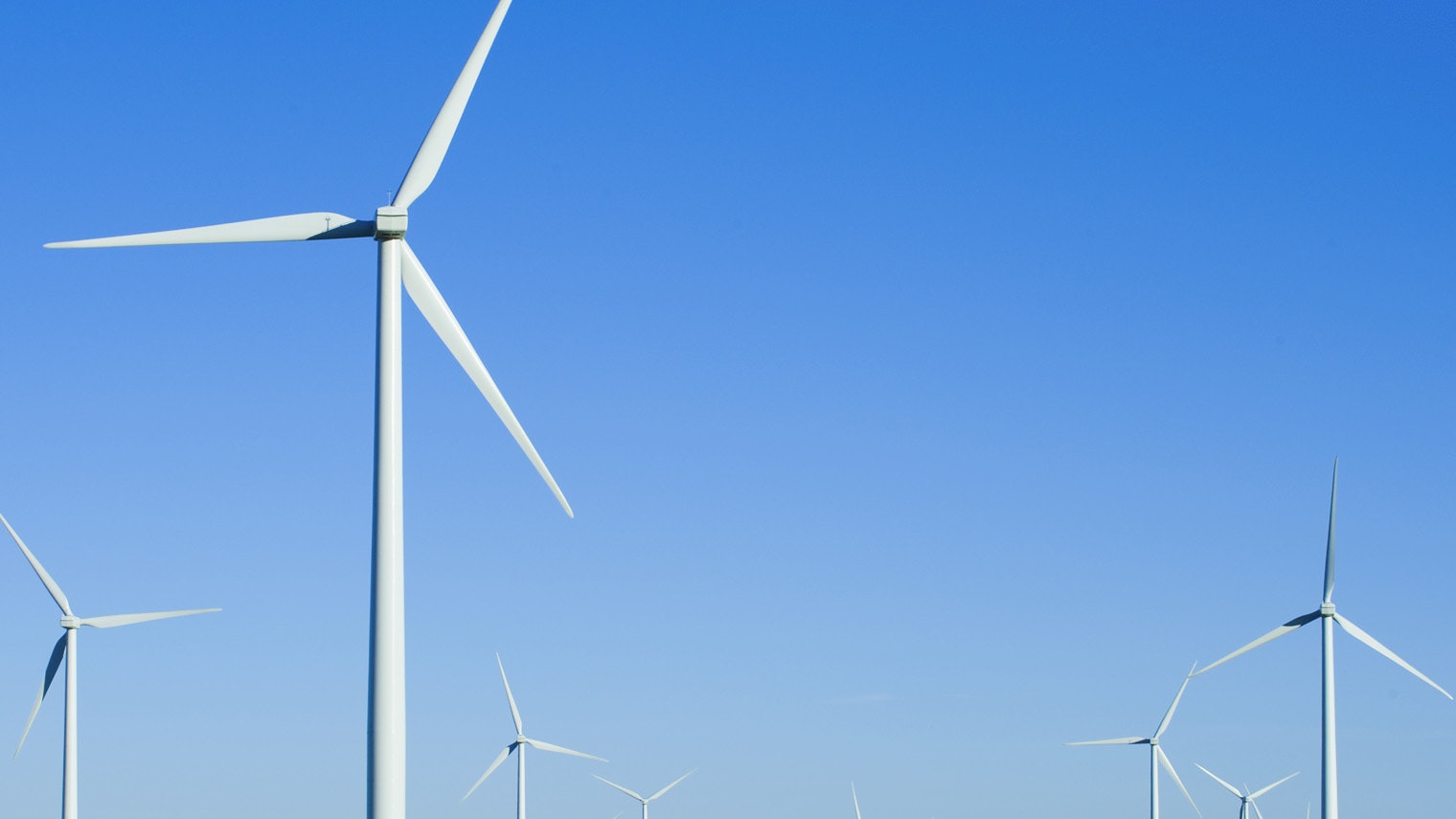By Cinthia Stimson, Douglas Budget
DOUGLAS — Wind turbines – majestic, metallic, monolithic giants – stand in intermittent long lines across the bare, winter windswept Wyoming landscape just a few miles outside of Douglas.
There are a lot of them – 192, to be exact – changing the usual landscape visuals folks are used to seeing between WYO59 and WYO93.
WYO 59 cuts through the middle of the 499-foot tall towers, their blades slowly, methodically rotating as they create 533 megawatts of wind generated electricity.
NextEra Energy Resources’ $650 million Cedar Springs Wind Farm, phases I, II and III – are online and fully operational as of Dec. 11, according to NextEra’s Project Manager Ryan Fitzpatrick.
The company broke ground on the project in October 2019, and had cited Dec. 31 as their completion date.
“We have achieved commercial operation at Cedar Springs. We were able to finish the final turbines last Friday,” Fitzpatrick said.
As well as changing the lay of the land along the turbines’ route, people may also notice the towers’ safety lights on at night.
However, that’s about to change, Fitzpatrick said, as the Aviation Detection Lighting System (ADLS) installed on the turbines essentially have to learn when not to go on for every little movement the radar detects.
“We installed five radars out there around the project which detect aircraft with three miles of the boundary. Once the system is normalized, the lights will only come on when aircraft are detected,” he said.
“The radar detects all kinds of movement right now – highway (traffic), trains, birds, livestock. Any type of movement like that triggers the lights. They’ll mask certain movements but sometimes it will take several months to normalize,” Fitzpatrick said.
“Some sites are faster, but when all of this is said and done, the lights will be off more than on, less than 10% of the night. With the ADLS systems installed we are required to have a light on every turbine. That’s quite a few lights, 192 of them,” he said.
The Cedar Springs project employed about 400 workers during the project’s construction period and expect to now employ 20 permanent, full time wind technicians.
NextEra Energy Resources owns CS 1 and 3, while PacifiCorp now owns and operates CS 2, Fitzpatrick said.
Converse County has benefitted from having Cedar Springs built within its boundaries, with tax revenues from the wind farm helping offset the bust of the oil economy and effects of the coronavirus pandemic hitting at the same time.
“This is a $650 million investment in the county. It will generate $115 million in property taxes and $90 million in landowner payments during its life. Converse County and its people have been great to us. This has been a great place for business,” Fitzpatrick said.
While the massive construction push at Cedar Springs is now over, work is still ongoing as the company concentrates on reclamation and wrapping up the project’s last threads.
“It was a large project. We’re proud to get it done on time, especially with the difficult economic times this year and the ongoing pandemic.
“Counties with wind energy projects this year are seeing sales tax revenue which is very helpful to (them). Certainly it’s been a good year for us, but helping the communities weather the economic storm this year . . . it feels good to help.
“Construction on this project may be over, but our relationship with Converse County is just beginning. We will be here for the next 30 years or longer. We’re hoping for an even larger presence in the county with more development and future commercial opportunities, as well as continuing to expand,” Fitzpatrick said.
Concerns do arise regarding what to do with blades once their life spans have expired.
Fitzpatrick said NextEra has teams dedicated to finding methods of recycling turbine components to avoid putting any parts or pieces into landfills.
“We’re working locally on some pretty creative ways to recycle blades and turbine components. We’re finding alternate uses and the best ways to recycle when the operational life is complete,” he said.
For now, take a drive north on HWY59 and witness Wyoming’s wind power the Cedar Springs turbines, turning a free commodity into electricity.





